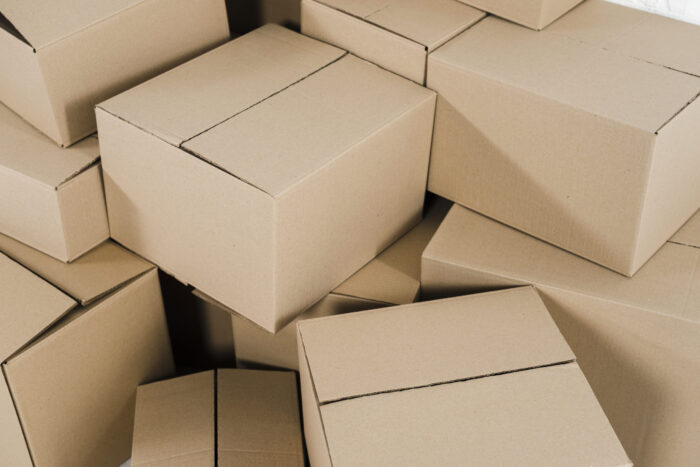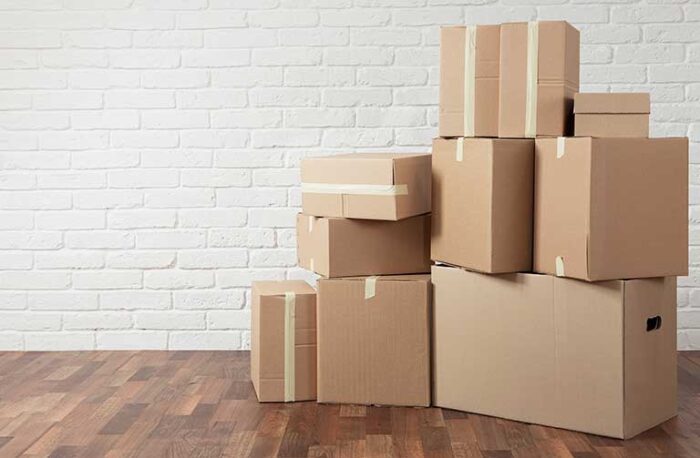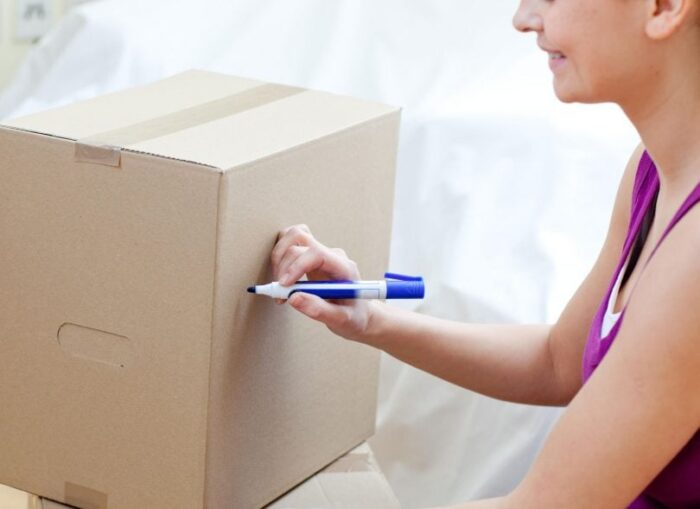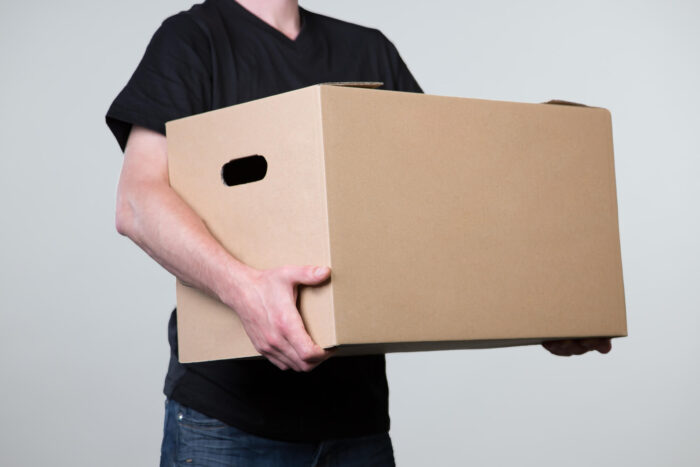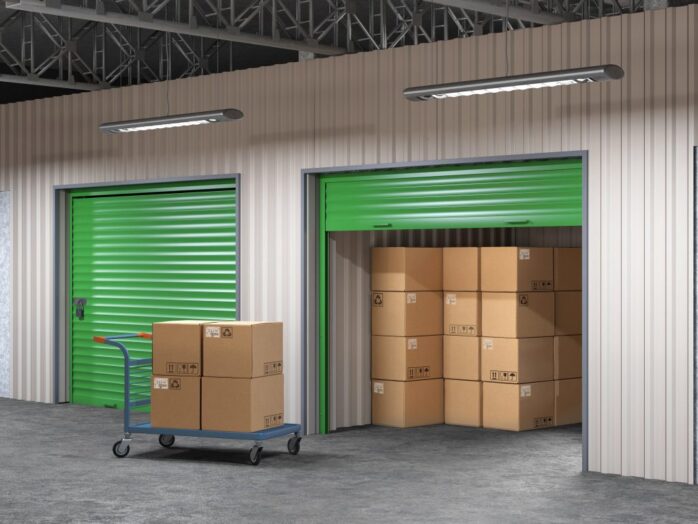
Packing a storage unit is not an overly difficult task. With a few simple steps, you can ensure you maximise your storage space
1. Make a plan and list items that you’re going to store
Firstly, it’s important to think about what you’re using your storage unit for. This might seem obvious, but often people haven’t thought through what they wish to store and what they’d like to keep at hand. For that reason, it’s important to compile an inventory of what you intend to store. This will also help you think about how your items will need to be packed and protected, and how much space they’re likely to take up. It might be that you need a larger unit than you first thought, or you have more space in your chosen unit than you realised.
If you’re wondering how best to pack a storage unit or how to pack furniture in a storage unit then our top tips might be helpful.
2. Choose appropriate sized boxes for each item
- Source: springpack.co.uk
When you are packing for storage, it’s important to make sure that you choose the correct sized boxes for each item. For example, a large box might be too big and heavy to manoeuvre easily in your storage unit or worse, it could cause damage when moving around. Make sure that you select appropriate sized boxes so that items can be moved with ease and stacked safely in your storage unit.
3. Protect fragile items
Fragile items are best stored separately from other items in your storage unit. Wrapping them individually will also help protect them from any knocks or bumps during transit to the storage facility. If possible, try to stack similar shaped and sized items together as this will make stacking easier within the unit and reduce the risk of breakage.
4. Choose the right packing materials
- Source: smdassociates.co.ke
When you’re packing items for storage, especially if they’ll be in there for a long period of time, it’s important to use the correct packing materials. Choose boxes and containers that are strong and sturdy enough to protect your items from dust and damp. Additionally, make sure that any bags or containers have secure fastenings so they don’t come open during transportation. The last thing you want is all your possessions spilling out on the way to the unit. You may also want to consider wrapping furniture pieces in bubble wrap or plastic covers if possible. This will help keep them clean and dry while in storage.
5. Maximise space with clever arrangements
Once you’ve decided what items you want to store it’s important to think about the way in which they can be packed. Make use of any shelving, cupboards or drawers that may be included in your storage unit and organise items into boxes, containers and bags as much as possible.
6. Clean and protect your belongings
Before storing your belongings it’s important to ensure that they’re clean, dry and in good order. Storage units, like manhattan storage units, are cool dry environments where threats of dampness and mould are minimal, but you can reduce the risk even further by ensuring all of your items are clean and dry. Fragile items should be protected with bubble wrap and other protective materials and stored in tough boxes. Think about every item on your inventory and the degree of protection it needs.
7. Label your boxes
- Source: blog.unpakt.com
A big mistake many people make is to assume they won’t be needing any of the items they have stored prior to emptying the unit. When boxes aren’t properly labelled, it can be next to impossible to locate items quickly. Proper labelling ensures that anything that’s likely to be needed can be packed in the unit to ensure it’s accessible. When you empty your storage unit, correct labelling will make it easier for you to organise your items when they are unpacked. Clear, easy-to-understand labelling is essential.
8. Pack heavy items at the bottom
It’s important to think about how you pack your boxes and how those boxes are then transferred to the storage unit. Each box should be packed to its full capacity wherever possible. Fill your empty space with sufficient padding materials. This might include packing paper or old clothes. Make sure that your items won’t move around in their boxes when they are being transported.
At the unit, any heavier items should be packed at the bottom of the space. This not only prevents heavier items from inadvertently damaging lighter items, but it can also make the space easier to organise. With lighter items at the top, you can quickly lift them to gain access to heavier items in other parts of your storage unit. Make sure you don’t make boxes and other containers heavier than you can comfortably handle.
You should also leave an aisle down the middle of the unit so you can easily access boxes and items that are placed at the back. This might even involve packing some items onto shelving or in cupboards if necessary.
9. Utilise the height of the storage unit
- Source: stationcouriers.co.uk
Many people make the mistake of packing their unit from back to front, but leaving space unfilled at the top of the unit. This means that you are in effect wasting space and filling the floor area quicker than is necessary. The more room you have at the front of your unit, the easier it can be to organise your belongings or to retrieve any items you may need. Pack your boxes so that they reach as close to the ceiling as possible to ensure the most efficient and cost-effective use of your space.
10. Fill all empty spaces
It’s worth giving some thought to how you pack boxes and other storage in the unit to ensure that there is no wasted space. Try to ensure that any boxes or other packing solutions are as regularly shaped as possible. This enables you to effectively use the space within a storage unit. If possible keep irregularly shaped items near the front of your unit so all the space behind them is used. Empty space is wasted space and it could be better used to give you access room at the entrance to your storage unit.
So there you have it, everything you need to know about how to optimise your space in your storage unit!

